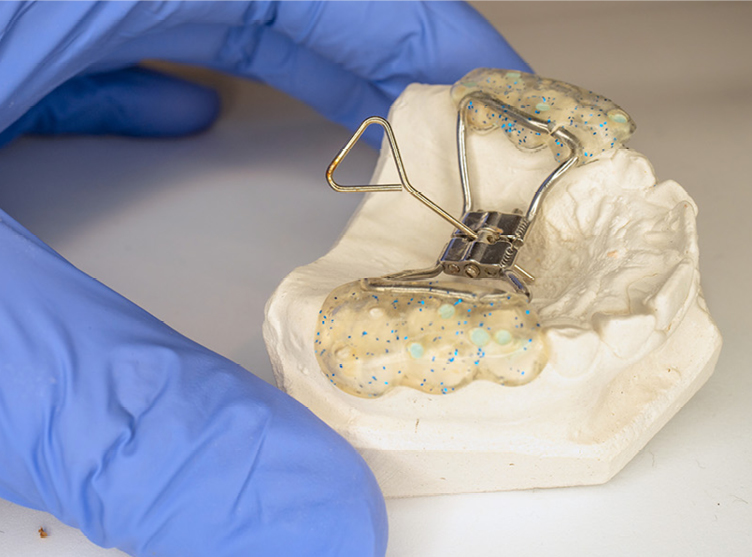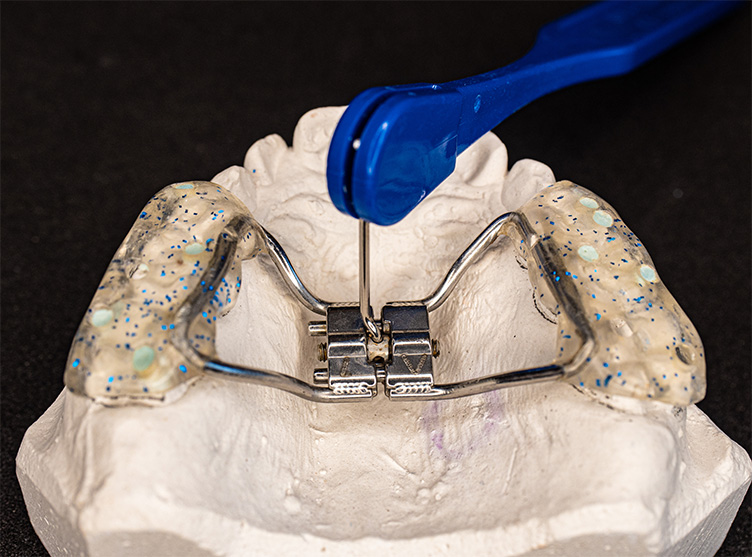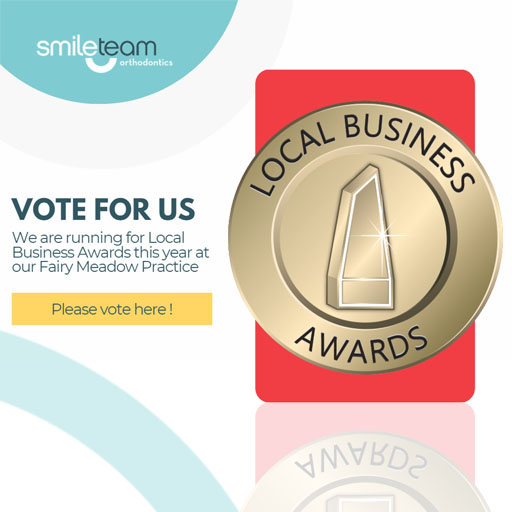
Palate expanders are commonly used in modern orthodontics to widen the upper jaw (maxilla), helping to correct bite issues, create space for adult teeth, and even improve nasal airflow. While often associated with early orthodontic treatment in children, palate expanders can also play a key role in preparing adult patients for advanced orthodontic care or jaw surgery.
If you or your child has been recommended this treatment, here’s a comprehensive guide on how palate expanders work, who may benefit, and what to expect throughout the process — all based on current best practices from experienced orthodontists.
What Is a Palate Expander?
A palate expander is an orthodontic device designed to widen the upper jaw by gently separating the mid-palatal suture — the natural joint between the left and right halves of the upper jaw. By applying a gradual, controlled force, the expander encourages new bone to grow in the gap, permanently widening the arch.

This process, known as orthopaedic (skeletal) expansion, typically results in:
- Improved bite alignment
- Space for crowded or impacted teeth
- Better symmetry of the dental arch
- Enhanced nasal airway for improved breathing
Expanders can be either fixed (attached to the molars) or removable, depending on the type of device used and the patient’s needs. Treatment is generally more effective in children and adolescents, whose bones are still growing and more responsive to expansion.
How Does a Palate Expander Work?
The device consists of two halves joined by a screw mechanism in the middle of the palate. When the orthodontist (or a trained parent) activates the expander by turning the screw — usually with a special key — it gradually exerts outward pressure on the two halves of the jaw.
Over the following weeks:
- The mid-palatal suture widens
- New bone forms to stabilise the expansion
- The arch becomes broader, allowing teeth to align properly.
The typical activation schedule is one or two turns per day, depending on your orthodontist’s instructions. After the desired expansion is achieved, the appliance remains in place for several weeks to months (known as the retention phase) to allow new bone to stabilise.
Orthodontic Issues Addressed by Dental Expanders
Palate expanders can be used to treat a variety of dental and jaw conditions, including:
- Crossbite (where the upper teeth sit inside the lower teeth)
- Dental crowding due to insufficient space
- Narrow or V-shaped dental arches
- Impacted teeth (blocked from erupting due to a lack of room)
- Mouth breathing and airway issues related to a high, narrow palate.
- Snoring or sleep-disordered breathing in certain cases
Early use of palate expanders as part of comprehensive orthodontic treatment for children can also help guide proper jaw development, potentially reducing the need for extractions or jaw surgery later on.
Who Is a Good Candidate for Palate Expanders?
Palatal expansion is most effective during childhood or early adolescence, ideally as part of an early orthodontic treatment plan before the mid-palatal suture fuses in the late teenage years. However, with appropriate planning, adults can still benefit from certain types of expansion appliances.

Common candidates include:
- Children aged 7–14 with narrow palates, crossbites, or crowding, as well as those preparing for teen orthodontic treatment.
- Teenagers undergoing comprehensive orthodontic treatment
- Adults preparing for orthognathic (jaw) surgery or complex orthodontic correction
- Patients with airway issues that may be linked to a high-arched, narrow palate
Your orthodontist will perform a thorough clinical examination — often with digital scans or X-rays — to determine if a palate expander is appropriate for your case.
Combining Dental Expanders with Other Orthodontic Appliances
In many cases, palate expanders are used in combination with other appliances during teen orthodontic treatment to achieve optimal results. These may include:
- Braces to align teeth once the arch has been expanded
- Functional appliances to guide jaw growth
- Clear aligners are used after expansion to refine tooth positioning.
- Fixed retainers to help maintain results post-treatment
Your orthodontist will tailor a treatment plan based on your unique needs, growth stage, and overall treatment goals.
Types of Palate Expanders
There are several types of palate expanders available, each suited to different clinical situations:
Rapid Palatal Expander (RPE)
- Fixed appliance attached to molars with bands
- Activated daily for 2–3 weeks
- Achieves rapid skeletal expansion
Haas Expander
- Fixed appliance with acrylic pads resting against the palate
- Combining dental and skeletal expansion
- Often used in younger children.
Quad Helix Appliance
- Fixed spring-like wire appliance
- Exerts gentle, continuous pressure
- Effective for minor expansion and arch development
Removable Palatal Expander
- Plastic device worn part-time.
- Suitable for minor corrections in select cases
- Requires excellent patient compliance
Your orthodontist will recommend the most appropriate type based on your age, jaw structure, and specific goals.
Benefits and Possible Side Effects of Palate Expanders
Benefits
When used appropriately, palate expanders can deliver significant improvements in oral health and overall well-being. Benefits include:
- Increased space for teeth — helping to avoid the need for extractions
- Corrected crossbite — leading to better function and aesthetics
- Improved facial symmetry — supporting balanced jaw development
- Enhanced nasal airway — potentially reducing snoring and improving breathing
- Reduced risk of future orthodontic complications — addressing jaw discrepancies early
Early expansion can also promote better long-term oral hygiene, as straighter teeth are easier to clean, helping to prevent decay and gum disease.
Possible Side-Effects
It’s normal to experience some temporary side effects during the adjustment phase:
- Mild pressure or discomfort in the teeth and jaw (especially in the first few days)
- A feeling of tightness or fullness across the upper jaw
- Slight changes in speech (typically resolve as the tongue adjusts)
- Temporary increased saliva production
- Small gaps are developing between the front teeth (a sign that expansion is occurring)
Most of these side effects are mild and short-lived. Over-the-counter pain relief can be used if necessary. If any unusual pain or concerns arise, always contact your orthodontist for guidance.
Is a Palate Expander Painful?
A palate expander is not typically painful but can cause a sensation of pressure or tightness in the first few days after activation. This feeling generally subsides as the tissues adapt.
Tips for easing discomfort:
- Follow your orthodontist’s activation schedule closely
- Use mild analgesics (paracetamol or ibuprofen) if needed
- Eat soft foods for the first few days
- Practise gentle oral exercises to help speech adjustment
Children usually adapt very quickly to the device — most report that after the first week, they barely notice it’s there!
How Long Do You Wear a Palate Expander?
The duration of treatment depends on:
- Age
- Type of expander
- Severity of the problem
- Treatment goals
Typical wear times:
| Patient Type | Active Expansion | Retention Phase | Total Time |
|---|---|---|---|
| Children (7–12 years) | 2–4 weeks | 3–6 months | 4–7 months |
| Teens (13–17 years) | 3–5 weeks | 4–8 months | 5–9 months |
| Adults (18+) | 4–6 weeks (pre-surgical) | 6+ months (depends on case) | Varies |
Your orthodontist will provide a personalised timeline and monitor progress regularly with follow-up visits.
FAQs About Palate Expanders
Can adults use palate expanders?
Yes, although the process is slower and may require adjunctive treatments such as a surgically assisted expander (SARME) or a mini screw assisted rapid palatal expander (MARPE). Your orthodontist can advise on suitable orthodontic options for adults.
Will a palate expander change my facial appearance?
Expansion primarily changes the width of the upper arch, which can subtly enhance facial balance, especially in younger patients.
How do I clean my palate expander?
Brush around the expander carefully twice a day, and use an orthodontic rinse or water flosser to gently flush away food debris.
Can an expander fix breathing problems?
In some cases, widening the palate can improve nasal airflow and help reduce mouth breathing, but this varies by individual.
What foods should I avoid?
Steer clear of sticky sweets (toffee, caramel), hard items (nuts, ice), and gum — as these can damage the appliance.
How do I know if it’s working?
Visible signs include:
- A small gap is appearing between the front teeth
- Improved bite alignment over time
- Your orthodontist will track results at regular check-ups.
In Summary: Should You Consider a Palate Expander?
Palate expanders are safe and effective orthodontic appliances with a long history of success in treating various jaw and bite issues. By widening the upper arch at the right time, they can:
- Improve bite function
- Create room for teeth
- Support facial development
- Contribute to better breathing and long-term oral health
Early evaluation by an experienced orthodontist is key. If your child (or you as an adult) has been recommended for expansion, now is the time to act — the younger the patient, the easier and faster the process can be.
Palatal expansion is often followed by additional treatment with braces or clear aligners, such as Invisalign, to achieve the best long-term results.
At Smile Team Orthodontics, our experienced orthodontists will guide you through every step of treatment, ensuring the best possible outcomes.

See if a palate expander is suitable for you or your child. Contact Smile Team for a personalised orthodontic consultation today.
